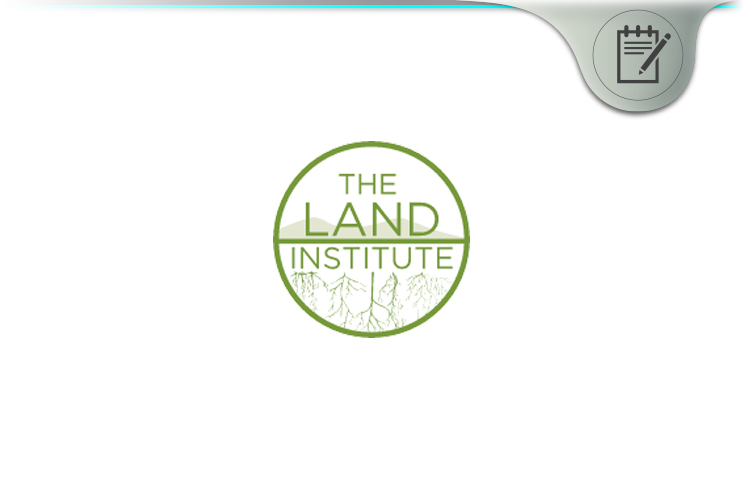For decades, plant breeders have tried to create perennial grains. Today, the Kernza grain is the closest thing we have. Described as an intermediate wheatgrass, Kernza grain is “a tasty work-in-progress”, explains the official website. The crop was created by the Land Institute.
It’s actively in development, but can already be seen in a small number of bread products, restaurants, and even beer across America.
Research on the crop began in 1988, when researchers with the US Department of Agriculture and Rodale Institute undertook two cycles of selection with the goal of increasing the fertility, seed size, and other crop traits. The seeds were planted in New York state.
Meanwhile, the Land Institute began its own research in 2003 with multiple rounds of selecting and inter-mating the best plants. Plants were chosen based on their yield, seed size, disease resistance, and other traits linked to improved performance.
Researchers tested the seeds in diverse environments around the world. Eventually, that research led them to Kernza, which could have a dual purpose as a forage and grain crop in diverse farming operations.
Kernza Grain has a lower gluten strength than traditional wheat, and it also has a proven ability to grow more efficiently in northern climates.
What Is Kernza Grain?
Kernza Grain is an intermediate wheatgrass. Created after decades of research, Kernza is theorized as one way to avoid an impending food crisis or famine.
The Kernza grain has already made its way into the commercial supply chain in small niche markets. The goal is to develop varieties of Kernza that are economical for farmers to produce on a large scale capcity. Right now, the breeding program continues to select seeds based on their desirable traits, including shatter resistance, yield, free threshing ability, seed size, and grain quality.
What does all of this mean, in layman’s terms? It means that seasonal climates – like in the northern United States and countries around the world – could create higher agricultural yields using Kernza wheatgrass.
The goal of Kernza isn’t to dramatically improve the yield of wheat: it’s to create a yield similar to annual wheat in northern climates. That’s why Kernza grain grows best in cooler northern latitudes. With Kernza, farmers can grow it profitably at scale.
Kernza Grain Release Date
Today, Kernza is available to a small number of niche markets around the world. However, the Land Institute is expecting that the first Kernza variety will be more widely available by 2019.
Within 10 years, the company aims to have a crop with seed size that is 50% of annual bread wheat seed size. The long-term goals of the Land Institute are to develop a semi-dwarf variety, and to develop a wheatgrass that improves bread quality.
What Does Kernza Grain Look Like?
Kernza grain plants are deeply rooted. You can walk through a Kernza field today, and see pictures of the crop online. Mature plants reach about chest height above the soil, although their roots can extend as deep as 10 feet beneath the soil.
That root depth is important: it’s about twice as long as conventional wheatgrass.
What Does Kernza Grain Taste Like?
Does Kernza taste the same as traditional grains?
The Land Institute claims the grain has been tested in kitchens across the country for over a decade, where chefs, bakers, brewers, distillers, researchers, and growers have used Kernza in place of – or combined with – wheat and other grains.
Today, you can find Kernza sold in baked goods across America. The Perennial in San Francisco, for example, is one restaurant selling Kernza-baked goods. Other restaurants in Minneapolis also offer Kernza products.
In most cases, Kernza is blended with annual wheat flour to make bread. However, you can use 100% Kernza when making quick bread products – like muffins or pancakes. It can also be served as a pilaf – like rice.
Interestingly, Kernza has also been used to make beer and spirits. Patagonia Provisions made a Kernza beer, for example.
One possible advantage of Kernza is that it has lower gluten strength than annual wheat – although gluten-sensitive customers should still exercise caution.
About Land Institute
The Land Institute is a non-profit organization based in Salina, Kansas. The organization was founded in 1976 with the goal of leading sustainable agriculture research.
Kernza is the organization’s best-known product. However, the Land Institute is working on more than just Kernza. The organization is also working on creating perennial wheat, perennial rice, perennial sorghum, wild sunflower, and more.
Look for Kernza intermediate wheatgrass to start appearing on store shelves within the next few years!









